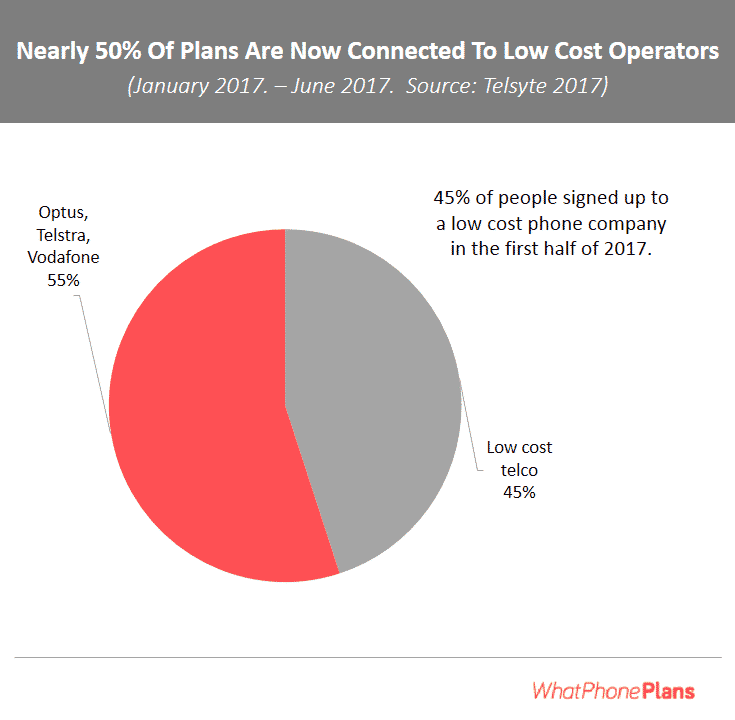Which is the best type of broadband for you?
The first thing you need to decide is what type of broadband is the best fit for you. Each one has its advantages and disadvantages. The choice between them depends on your budget, the network coverage available in your locality, your data consumption rates, and your desire for staying connected on the go.
Since its inception a few years ago, the National Broadband Network (NBN) has become one of the most popular types of broadband for Australian homes. With NBN, you enjoy high-speed, reliable internet access from major service providers including Telstra, Optus, Dodo, iiNet, TPG, and many others.
Top Plans Available
These service providers also cater to many other data services, including mobile broadband and mobile data. You need to research all the various broadband plans as well as deals from various service providers to find the one that’s best suited for you, but we’ve taken care of that – read on to find out right data plans for working from home.
How much data do you need?
After deciding on the best type of broadband for you, the next step is to choose a data plan. But to do that, you need to get a good grasp of your data consumption rates. This will save you from making abrupt changes to your data plans that might end up costing you more.
Average data use can vary wildly from person to person in one home. Factors that determine your data consumption rates include your devices, time spent online per day, and your online activities. For instance, someone who streams videos on a smartphone will consume less data than someone doing same from a tablet or a smart T.V. Someone who mostly downloads videos will also spend less data than someone who streams live videos most of the time.
If you’ve already been using home broadband for any reason, it’ll be easier to estimate your average data consumption now that you’ll be working from home. You can easily check up on your consumption history online through your carrier’s self-service portal. You can also put a call across to them inquire.
If this is your first time of using home broadband, you can make a rough estimate of your data consumption rate by figuring what data–intensive activities you’ll be engaging in, and how much data is needed for each of those activities.
On average, people working from home spend some 50 hours a week, including a few hours of work-related video calls. Based on the average usage reports, you can expect to use a minimum of 3GB to 4GB when working from home on a 4G network.
Who currently offers the best data-only plans in the market?
When it comes to data plans in Australia, big names aren’t necessarily synonymous with the best deals. In general, MVNOs are known to offer the most competitive data-only plans. These smaller carriers still use the same mobile network used by the big carriers, but they offer more data allowance per dollar. That’s because the big carriers offer a bouquet of added services in their data plans and charge you for it, whereas smaller phone companies mostly offer standalone data plans with options for many other inclusions.
MVNOs are growing in popularity in Australia, thanks to their highly competitive offers
So when shopping around for the best data deals, just keep in mind that you’ll most likely have to deal with small companies. OVO and Boost are a great place to start. Their 25GB+ per month plans give you the best data-to-dollar rates.
Final words – Other things to consider
When choosing a data plan, also consider the network speed. NBN usually offers faster and steadier browsing speeds than 4G mobile networks, although both roughly have the same speed range. Mobile networks tend to have more people accessing it per time. That’s because it allows people to connect at anyplace during any point in time, whereas with NBN, you can only connect when you’re at home or the specific location the broadband is installed in. However, slower speeds are normally experienced on mobile broadband during peak periods.
If your consumption is more than the overall average, you’ll most likely need an unlimited data plan. In general, unlimited plans are a bit costlier than the limited ones, but they help you avoid extra costs after you’ve exhausted your monthly allowance. With unlimited data plans, you’ll browse at a capped speed for the rest of the month after you’ve used up your monthly data inclusion.
